
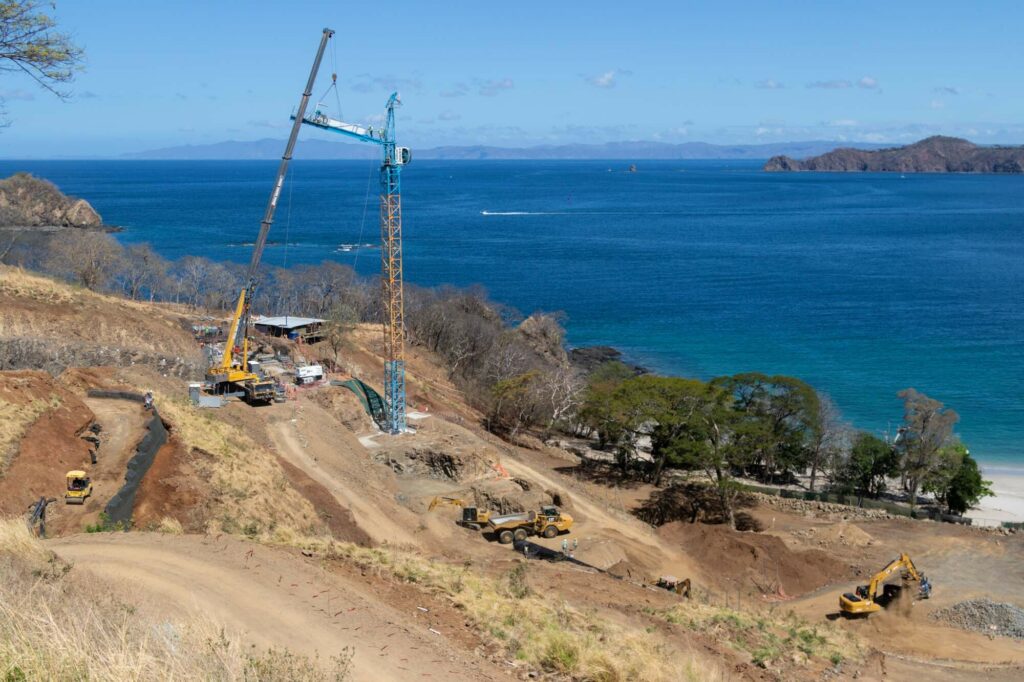
Guanacaste Ocean View: a life of luxury...but at what cost?
You’re taking a week off. With a few hundred dollars, the planning starts: you search for a small house near the beach on some online platform, probably an Airbnb in El Coco or Marbella. It offers a kitchen, excellent wifi connection, and a small pool to cool off in the heat of the day. It’s not right on the beach, but close enough to go surfing or running in the mornings. The weekly price is three or four times more than what the same owner would earn if they rented it for a whole month to a single tenant, but that doesn’t bother you because you still earn in dollars. You do the math and decide to stay there for another week, maybe a month. Maybe you’ll get the craving and keep traveling like this throughout Costa Rica.
Or you have much more money, let’s say a few million dollars that you want to invest in Costa Rica in a second home development. You decide to buy land in Nosara, El Coco, or Villarreal, but you don’t go right on the beach like investors used to do. Instead, you go to the mountains or even to nearby towns where no one invested before. Perhaps the land is facing a neighborhood with very few resources, but there is no need to worry too much: as more expats arrive at your development, there will be more pressure for those people to sell their land and relocate to more distant- less expensive areas.
Or let’s say you’re from the area. And you start seeing how the rise of digital nomads and real estate booms bring more of what we understand as development: you notice the municipality begins to fix streets, how basic services that did not exist before arrive, internet companies are installed, as well as luxury supermarkets, and cultural activities. You notice that even jobs are generated for those who previously did not have even $4 a day to survive.
But you also see your community changing, perhaps more than you would like. You see developers taking over community aqueducts, and that there is water for real estate develoments, but when you open the tap, nothing comes out. You begin to see illegal constructions in full maritime-terrestrial zone in plain sight of the municipality, you realize that the sewage is reaching the sea and that nearby businesses start charging you in dollars and prescribing menus in English…
Guanacaste is full of these contrasts that are not seen in Airbnb or real estate ads. The tourism industry is indeed Costa Rica’s cash cow (it contributes more to Gross Domestic Product than any agricultural export), but there are many reasons to think that the dollars that digital nomads and occasional residents invest in those towns rarely generate equal wealth for the population and in many cases rather displace it.
These inequalities are at the center of what we know as gentrification: the displacement of original communities by others who arrive with more resources. It is not a phenomenon exclusive to Costa Rica. On the contrary, examples such as Mexico City, Harlem in New York, or Tulum in the Mexican Caribbean portray quite well the path that Guanacaste is following.
In this special investigation you will find the stories that evidence this inequality. Communities to which the promised development arrives slowly or not at all. The first reports on El Coco, Marbella, Panamá and Brasilito are just the beginning of a series that The Voice of Guanacaste will produce from now on as one of its coverage pillars. In the following stages of this investigation, you will see reports on Nosara, Sámara, San Juanillo and other coastal areas of Nicoya, Santa Cruz, Carrillo, Liberia and La Cruz.
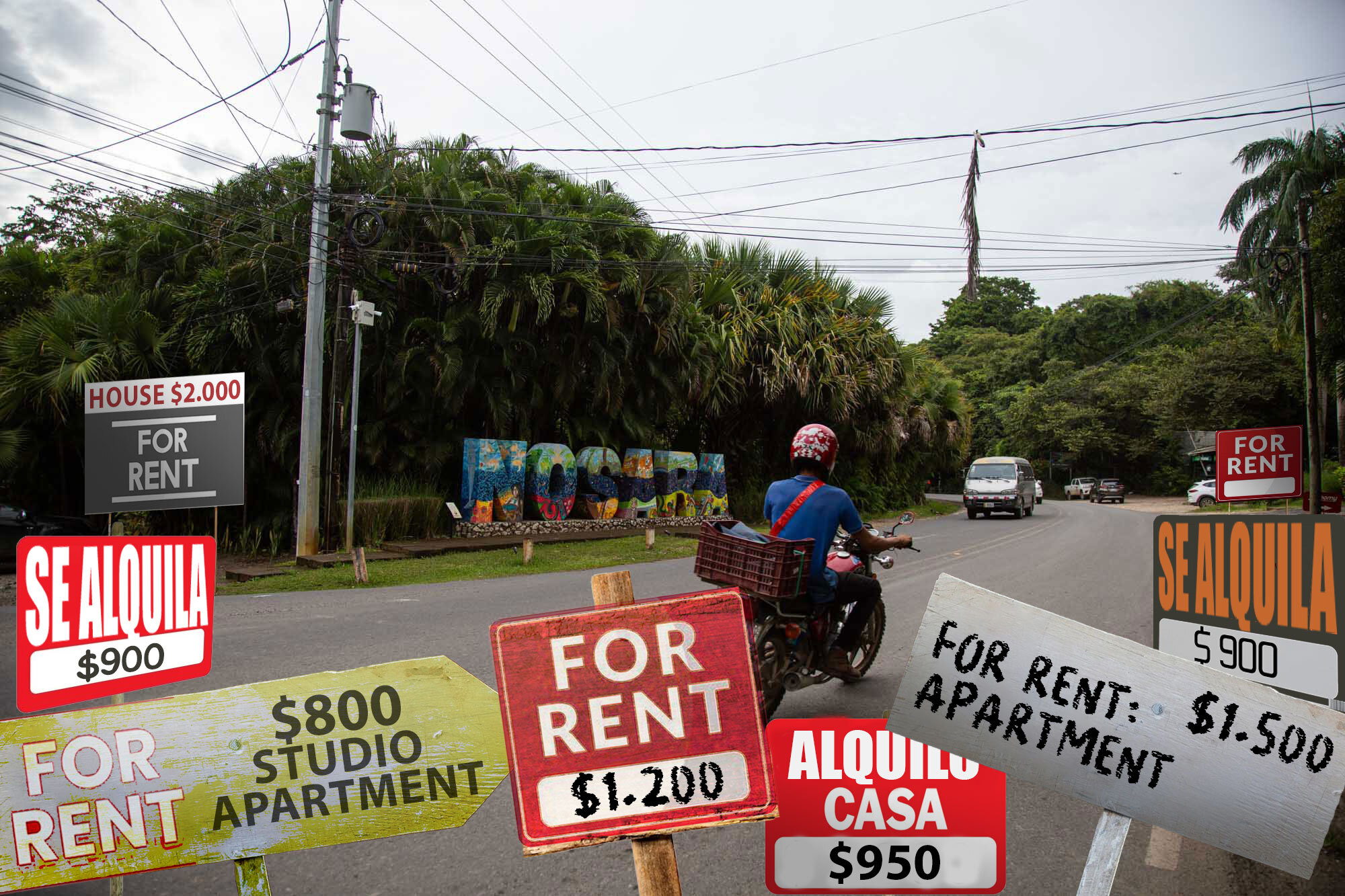
Nosara: real estate bubble makes rents more expensive for the middle class
The rental prices in Nosara reveal a contradiction: while the growth of the community demands professionals, the work force is finding it difficult to secure a place to live at a reasonable price.
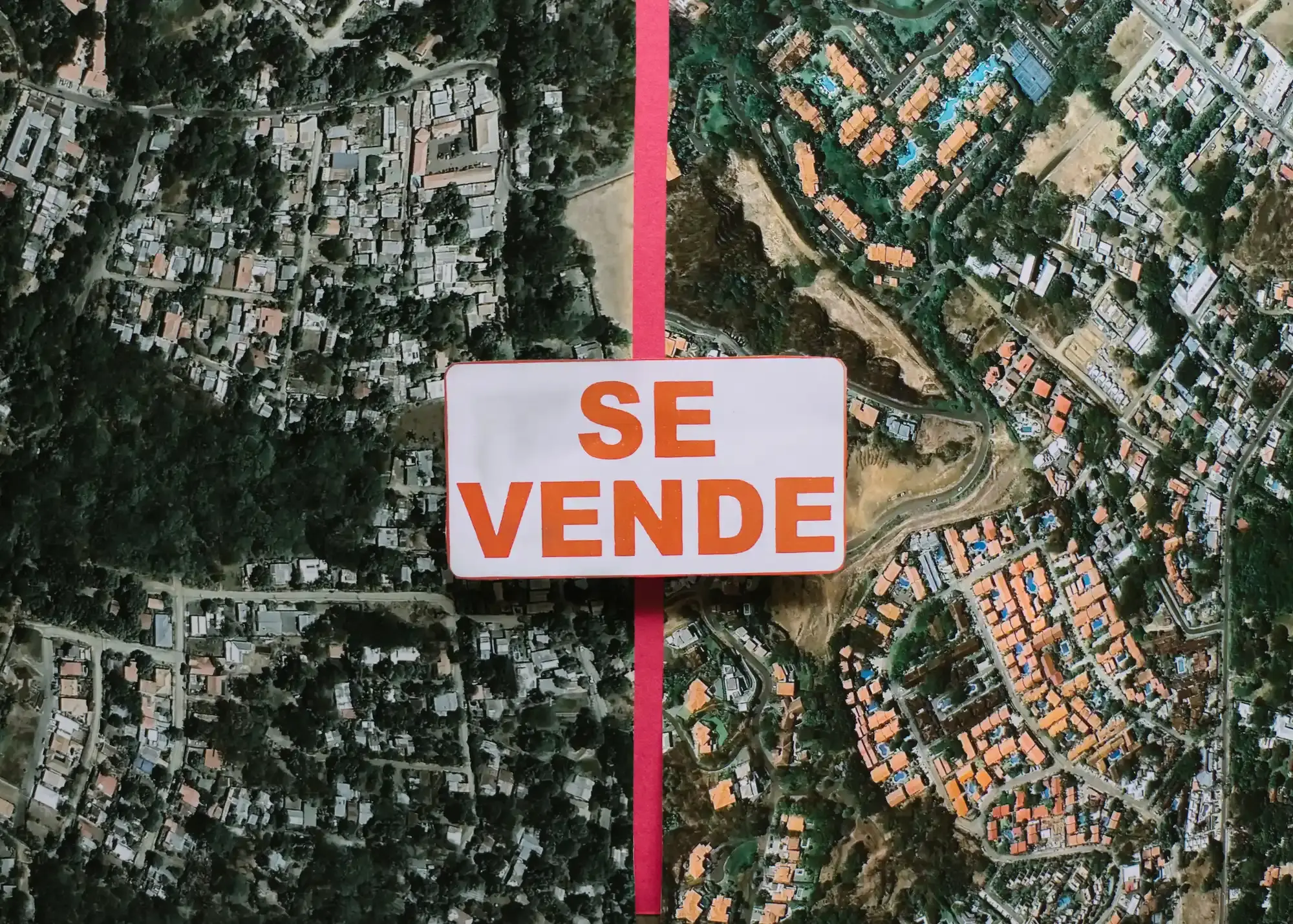
El Coco ocean view: Who pays the price for real estate development?
In some communities, gentrification is just emerging, but in others, it began to take shape decades ago, when the Costa Rican government opted for the Gulf of Papagayo Tourist Pole as a development model in the area.
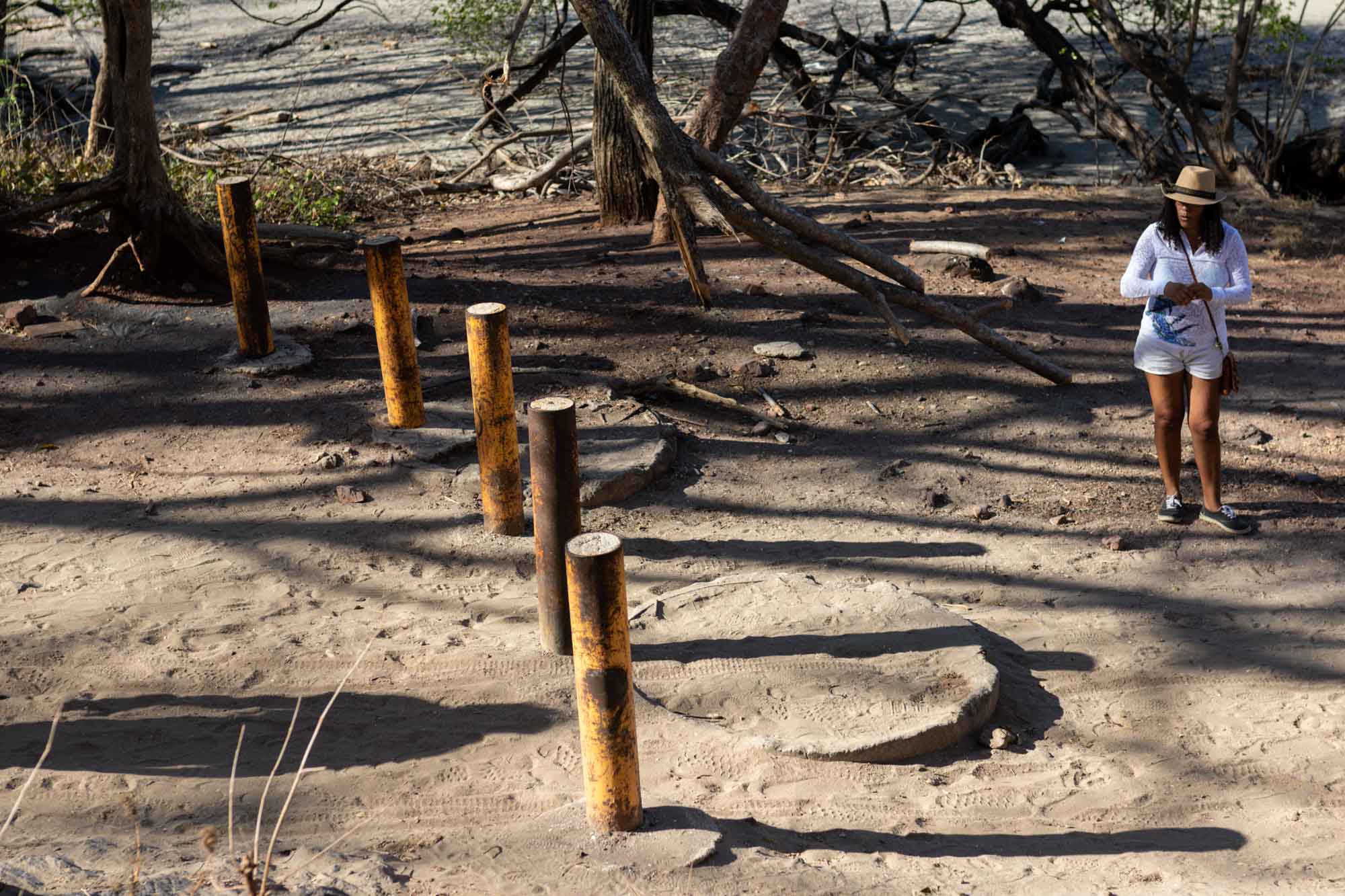
Brasilito, the town next to Conchal in Guanacaste that refuses to disappear
Brasilito is a typical rural town, except that it’s right in between two important tourist development points: Conchal Beach and Flamingo Beach.
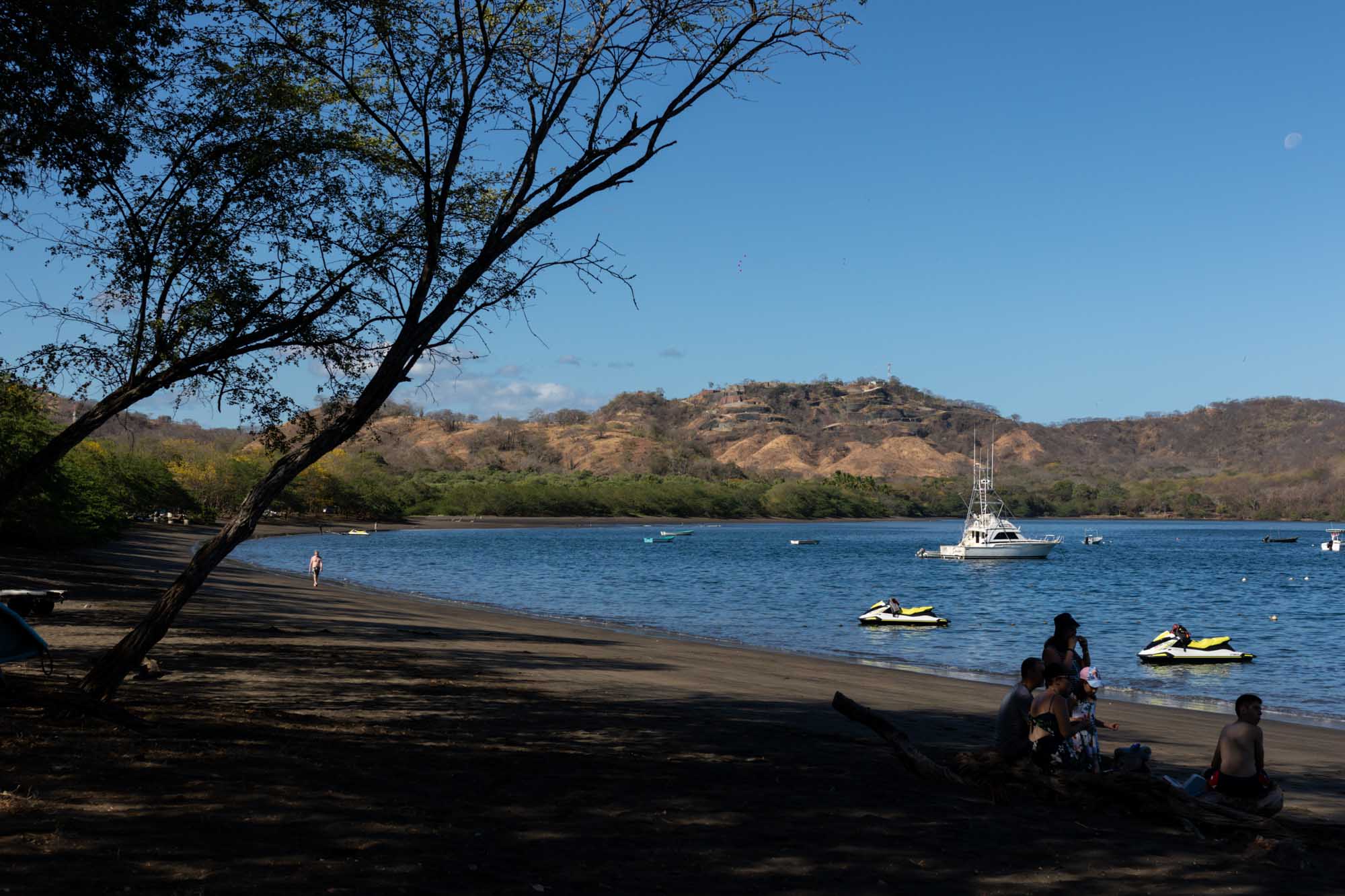
Panama Beach residents are still waiting for the promised “tourist town”
The town of Panama Beach exists, but it’s far from being the tourist site that the residents were promised when the Papagayo Gulf Tourist Pole was created.
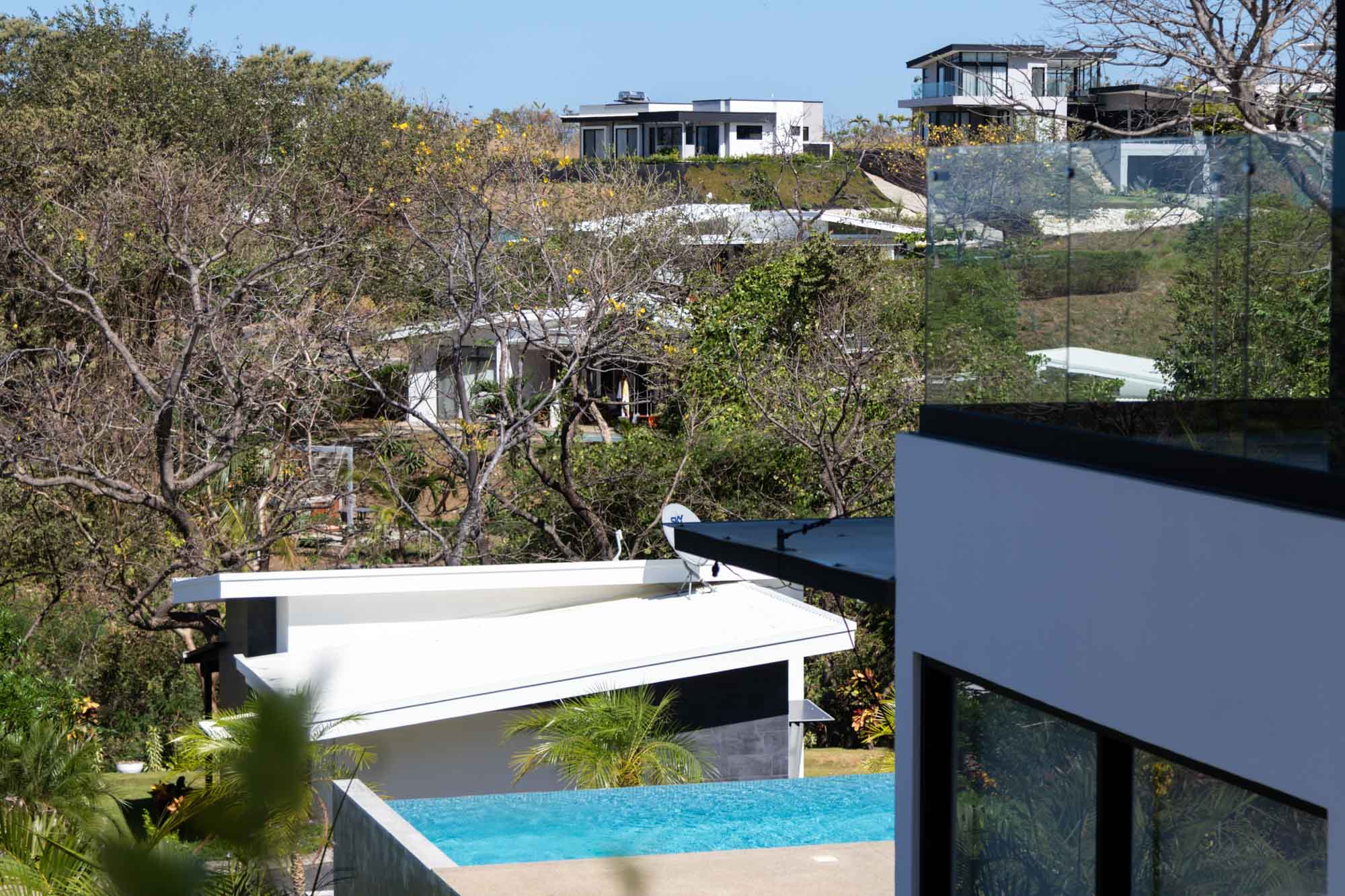
Marbella: The coastal paradise where real estate development is already showing its effects
A couple of investors, who practically the entire town identifies by their names, began to buy land near the coast, resell it and also develop residential areas that seem from another world– at least not from the world of Marbella.
Credits
Journalist: Hulda Miranda
Photography: César Arroyo Castro
Editing: María Fernanda Cruz and Noelia Esquivel Solano
Design: Roberto Cruz
Audience coordinator: Rubén F. Román
Translator: Arianna Hernández


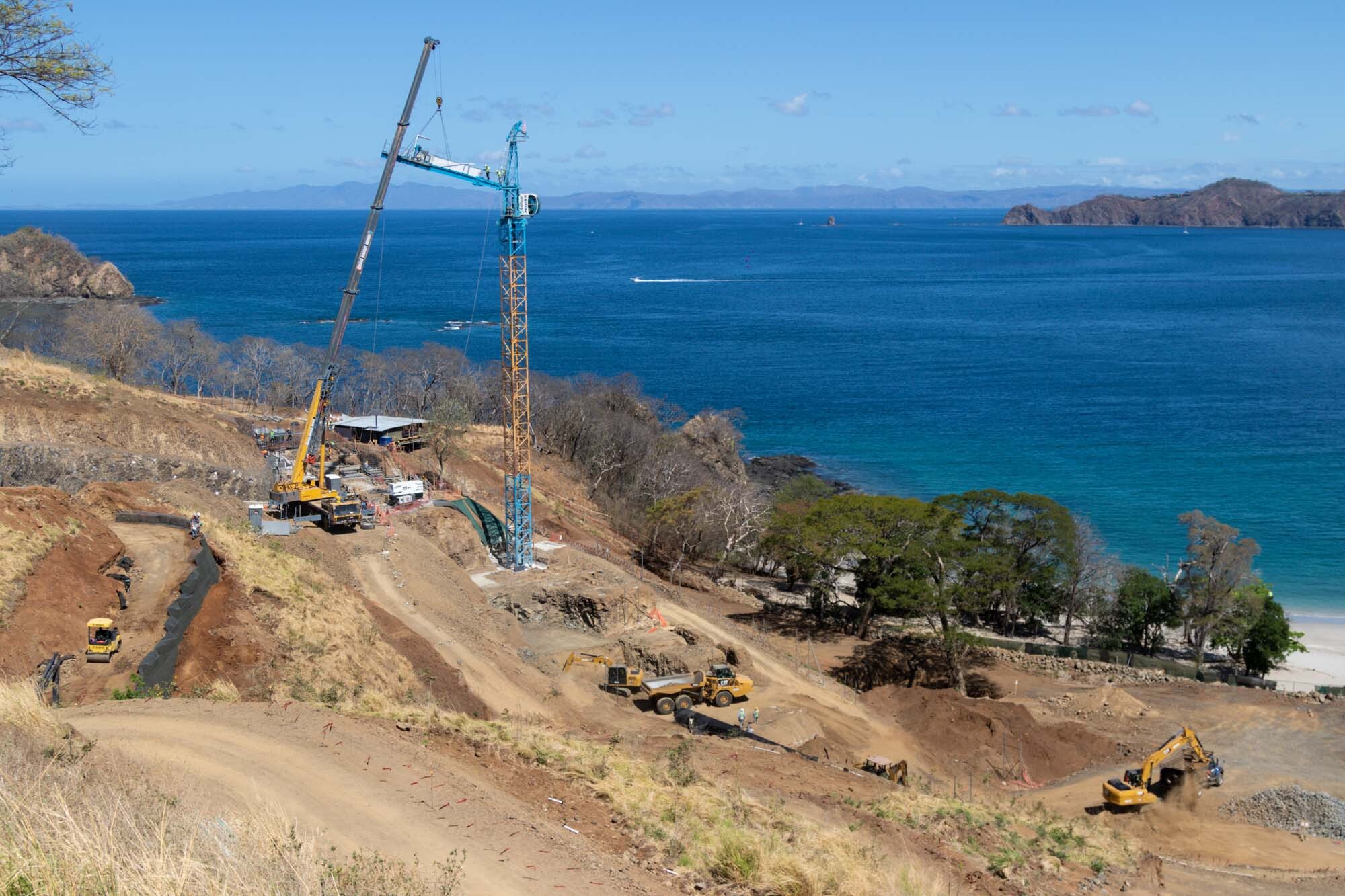
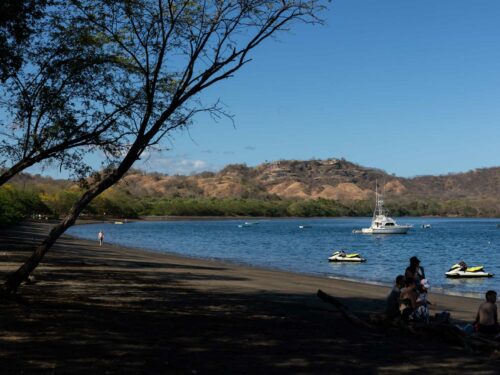
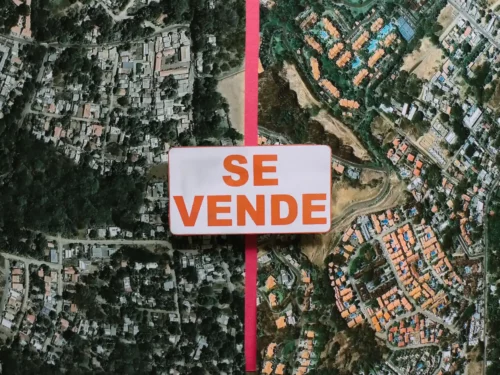
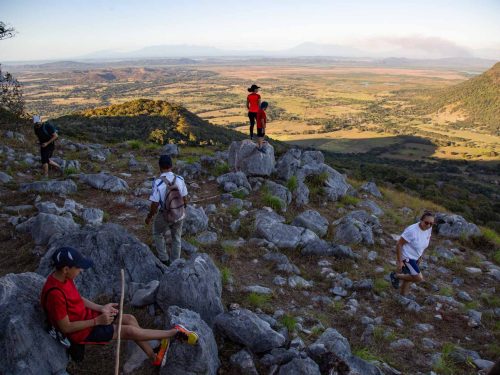

Comments